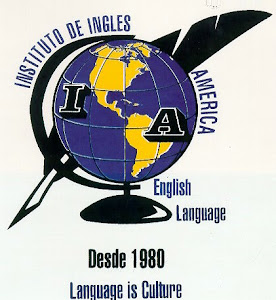Spanish Recipes: The Magic Kings Night - The Kings Cake
Tonight the 3 Magic Kings from the far East will arrive to Mexico and Spain and when all kids are fast sleep they will get down from their carriages or their camels and enter each house in silence and leave some presents to the kids that have been good. Nobody can be awake or they will just pass that house!
There's different ways for the kids to ask to the Magic Kings for what they want: they can either write a Kings letter and send it over to them 15 days in advance or so, or give it to their Majesties in person during the 5th of January (you can find them in their thrones in some special streets), which is very impressive for the girls and boys, or go to the Cavalcade and throw the letter to their favorite's King's Carriage.
I just love this tradition, the small kids have this special light in their eyes... so precious!!!
La Vanguardia, my favorite online newspaper, will give this Sunday, as a present to the readers, a beautiful book with all these wonderful pictures of Cavalcades in Barcelona city throughout the years, please take a look to the link and you will have a view of what it is this Magic Night!
The Flash document only shows some years, not all of them, but it's worth to see, enjoy!
The BIG DAY is the 6th when kids wake up (most of the times around 6:00 AM!!!!!) and find all the presents hidden in the dinning room. What a beautiful moment...
When everything is calm again and after lunch, we usually buy (again, we don't bake it at home, we just buy it) this Roscón - Tortell - Cake, which has a small figure hidden inside (of a popular character) and also a bean. The one who gets the bean is the one that has to pay the cake! And the one getting the figure will be lucky!
I didn't bake the cake either but I looked for the recipe so that you can bake it if you wish.
Ingredients for 4 servings: 500grs of flour, 75 grs of butter, 15 grs of baking powder, 100 grs. of sugar, 250 ml. of milk and sweetened fruits.
* Mix the baking powder with half a glass of warm water and when it has dissolved add 125 grs. of sift flour. Once we have an homogeneous dough, make a ball and let it rest for 1/2 an hour covered with a wet kitchen cloth.
* Meanwhile, in another recipient mix the rest of the flour with the butter, the suggar and the warm milk. If you boil the milk with a stick of cinnamon, orange peels or lemon, you will get a more aromatic milk. We will also achieve an homogeneous dough that we'll leave aside and wait until the first one has fermented. When so, take both doughs and mix and work them together for 10 or 15 minutes.
* Let it rest again for 2 hours. Once the time is over, get an oven tray greased with butter, put the dough on it and give it the shape, add the sweetened fruits on top. Wait until its volume increases during 20 minutes and, after, bake it in the oven for 30 to 40 minutes at 180ºC. Take it out of the oven and sprinkle sugar on top. Eat it when it's completely cold.
Hope you enjoy it!
Posted using
ShareThis











